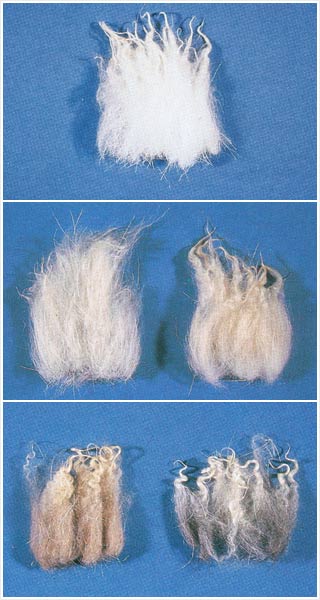Discovering What Material Is Cashmere and Its Role in High-End Clothing
Discovering What Material Is Cashmere and Its Role in High-End Clothing
Blog Article
Recognizing the Various Kinds of Cashmere a Natural Fiber and Their One-of-a-kind Advantages

The Beginnings of Cashmere: A Historic Introduction
While the glamorous touch of cashmere continues to beauty modern-day consumers, its origins map back to the severe, cold climates of Mongolia and the Mountain ranges. For centuries, the native individuals of these areas have been raising Capra Hircus goats, the prime resource of cashmere woollen. These goats, resilient versus the extreme winters months, expanded a fine undercoat to survive, which later on came to be called cashmere. The name itself admires Kashmir, an area in India where the woollen was at first processed. Much of the very early cashmere trade path was promoted by the Silk Road, connecting Asia with the Center East and Europe. Regardless of its worldwide spread, the finest cashmere is still believed to stem from the original regions of Mongolia and the Himalayas.

The Manufacturing Process: From Goat to Garment
Shearing a Capra Hircus goat notes the inception of the intricate cashmere production procedure. This delicate procedure typically happens annually during spring. The penalty, soft undercoat is after that divided from the coarser external hair, a process referred to as dehairing. The resultant raw cashmere is after that cleaned to eliminate impurities such as dirt, grease, and veggie matter.
The tidy fiber goes through dyeing, rotating, and weaving, or knitting, to transform it into a fabric. Facility treatments such as quality assurance checks and finishing processes follow, guaranteeing completion item maintains the luxurious standard expected of cashmere. This painstaking procedure, from goat to garment, validates the high cost affixed to cashmere items, making them an icon of deluxe and refinement.
The Various Types of Cashmere: An In-depth Analysis

The Special Benefits of Cashmere: Comfort and Sustainability
Moving from the variety of cashmere kinds to the advantages they supply, comfort and sustainability stand out plainly. Cashmere, a natural fiber, is renowned for its exceptional softness, offering a degree of convenience that synthetic fibers can not match.
When it involves sustainability, cashmere is biodegradable and sustainable, as it's harvested from cashmere goats who regrow their coats every year. what is cashmere. Unlike synthetic fibers which can take hundreds of years to disintegrate, cashmere's influence on the atmosphere is marginal. This mix of comfort and sustainability makes cashmere a helpful choice for conscious customers

Taking Care Of Your Cashmere: Upkeep and Conservation Tips
While cashmere is definitely a sustainable and glamorous choice, it needs particular treatment to maintain its high quality and expand its lifespan. To begin, cashmere ought to be hand cleaned using cold water and a mild detergent. Cashmere items must be kept in a completely dry and trendy place, away from direct sunlight and moisture.
Buying Cashmere: Recognizing Its Value and Well Worth
Although cashmere may initially appear like a costly investment, its long-lasting worth and worth ended up being apparent when you consider its amazing qualities. Understood for its exceptional gentleness and heat, cashmere is a costs all-natural fiber that outperforms other materials. Investing in cashmere, consequently, is not simply concerning current style patterns, yet about accepting a lasting, lasting, and extravagant way helpful site of living.
Conclusion
In summary, the sort of cashmere one selects, be it Mongolian, Chinese, or Italian, is dictated by private choices for heat, deluxe, sustainability, and spending plan. The worth of cashmere expands beyond its cost, with convenience and long life including in its well worth. Appropriate care and upkeep can guarantee its preservation. Recognizing the origins, production procedure, and one-of-a-kind benefits of various kinds of cashmere can assist consumers in their financial investment in this glamorous natural fiber.
Whether it's the extraordinary warmth of Mongolian cashmere, the price of Chinese cashmere, or the eco-conscious manufacturing of Italian cashmere, there's a story to be found behind each fiber kind. Cashmere, a natural fiber, is renowned for its unmatched softness, providing a level of convenience that artificial fibers can't match.When it comes to sustainability, cashmere is eco-friendly and naturally degradable, as it's harvested from cashmere goats who regrow their layers every year. Known for its unmatched gentleness and warmth, cashmere is a costs all-natural fiber that outshines various other materials. Understanding the beginnings, production process, and special benefits of various types of cashmere can assist consumers in their financial investment in this lavish natural fiber.
Report this page